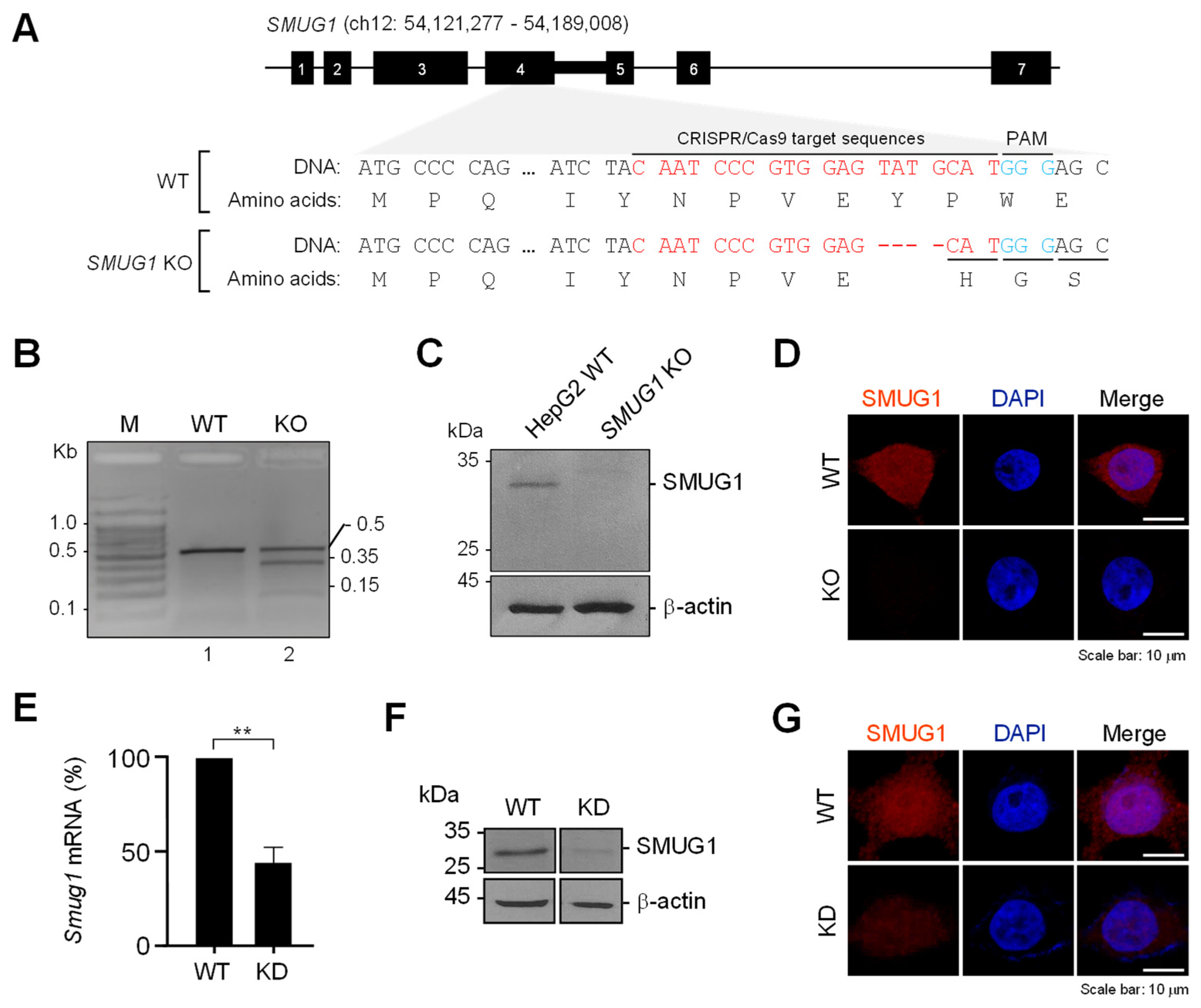Filters
Host (768597)
Bovine (1090)Canine (20)Cat (408)Chicken (1642)Cod (2)Cow (333)Crab (15)Dog (524)Dolphin (2)Duck (13)E Coli (239129)Equine (7)Feline (1864)Ferret (306)Fish (125)Frog (55)Goat (36847)Guinea Pig (752)Hamster (1376)Horse (903)Insect (2053)Mammalian (512)Mice (6)Monkey (601)Mouse (96266)Pig (197)Porcine (70)Rabbit (358709)Rat (11723)Ray (55)Salamander (4)Salmon (15)Shark (3)Sheep (4247)Snake (4)Swine (301)Turkey (57)Whale (3)Yeast (5336)Zebrafish (3022)Isotype (156643)
IgA (13624)IgA1 (941)IgA2 (318)IgD (1949)IgE (5594)IgG (87187)IgG1 (16733)IgG2 (1329)IgG3 (2719)IgG4 (1689)IgM (22029)IgY (2531)Label (239340)
AF488 (2465)AF594 (662)AF647 (2324)ALEXA (11546)ALEXA FLUOR 350 (255)ALEXA FLUOR 405 (260)ALEXA FLUOR 488 (672)ALEXA FLUOR 532 (260)ALEXA FLUOR 555 (274)ALEXA FLUOR 568 (253)ALEXA FLUOR 594 (299)ALEXA FLUOR 633 (262)ALEXA FLUOR 647 (607)ALEXA FLUOR 660 (252)ALEXA FLUOR 680 (422)ALEXA FLUOR 700 (2)ALEXA FLUOR 750 (414)ALEXA FLUOR 790 (215)Alkaline Phosphatase (825)Allophycocyanin (32)ALP (387)AMCA (80)AP (1160)APC (15217)APC C750 (13)Apc Cy7 (1248)ATTO 390 (3)ATTO 488 (6)ATTO 550 (1)ATTO 594 (5)ATTO 647N (4)AVI (53)Beads (225)Beta Gal (2)BgG (1)BIMA (6)Biotin (27817)Biotinylated (1810)Blue (708)BSA (878)BTG (46)C Terminal (688)CF Blue (19)Colloidal (22)Conjugated (29246)Cy (163)Cy3 (390)Cy5 (2041)Cy5 5 (2469)Cy5 PE (1)Cy7 (3638)Dual (170)DY549 (3)DY649 (3)Dye (1)DyLight (1430)DyLight 405 (7)DyLight 488 (216)DyLight 549 (17)DyLight 594 (84)DyLight 649 (3)DyLight 650 (35)DyLight 680 (17)DyLight 800 (21)Fam (5)Fc Tag (8)FITC (30165)Flag (208)Fluorescent (146)GFP (563)GFP Tag (164)Glucose Oxidase (59)Gold (511)Green (580)GST (711)GST Tag (315)HA Tag (430)His (619)His Tag (492)Horseradish (550)HRP (12960)HSA (249)iFluor (16571)Isoform b (31)KLH (88)Luciferase (105)Magnetic (254)MBP (338)MBP Tag (87)Myc Tag (398)OC 515 (1)Orange (78)OVA (104)Pacific Blue (213)Particle (64)PE (33571)PerCP (8438)Peroxidase (1380)POD (11)Poly Hrp (92)Poly Hrp40 (13)Poly Hrp80 (3)Puro (32)Red (2440)RFP Tag (63)Rhodamine (607)RPE (910)S Tag (194)SCF (184)SPRD (351)Streptavidin (55)SureLight (77)T7 Tag (97)Tag (4710)Texas (1249)Texas Red (1231)Triple (10)TRITC (1401)TRX tag (87)Unconjugated (2110)Unlabeled (218)Yellow (84)Pathogen (489613)
Adenovirus (8665)AIV (315)Bordetella (25035)Borrelia (18281)Candida (17817)Chikungunya (638)Chlamydia (17650)CMV (121394)Coronavirus (5948)Coxsackie (854)Dengue (2868)EBV (1510)Echovirus (215)Enterovirus (677)Hantavirus (254)HAV (905)HBV (2095)HHV (873)HIV (7865)hMPV (300)HSV (2356)HTLV (634)Influenza (22132)Isolate (1208)KSHV (396)Lentivirus (3755)Lineage (3025)Lysate (127759)Marek (93)Measles (1163)Parainfluenza (1681)Poliovirus (3030)Poxvirus (74)Rabies (1519)Reovirus (527)Retrovirus (1069)Rhinovirus (507)Rotavirus (5346)RSV (1781)Rubella (1070)SIV (277)Strain (67790)Vaccinia (7233)VZV (666)WNV (363)Species (2982223)
Alligator (10)Bovine (159546)Canine (120648)Cat (13082)Chicken (113771)Cod (1)Cow (2030)Dog (12745)Dolphin (21)Duck (9567)Equine (2004)Feline (996)Ferret (259)Fish (12797)Frog (1)Goat (90451)Guinea Pig (87888)Hamster (36959)Horse (41226)Human (955186)Insect (653)Lemur (119)Lizard (24)Monkey (110914)Mouse (470743)Pig (26204)Porcine (131703)Rabbit (127597)Rat (347841)Ray (442)Salmon (348)Seal (8)Shark (29)Sheep (104984)Snake (12)Swine (511)Toad (4)Turkey (244)Turtle (75)Whale (45)Zebrafish (535)Technique (5597646)
Activation (170393)Activity (10733)Affinity (44631)Agarose (2604)Aggregation (199)Antigen (135358)Apoptosis (27447)Array (2022)Blocking (71767)Blood (8528)Blot (10966)ChiP (815)Chromatin (6286)Colorimetric (9913)Control (80065)Culture (3218)Cytometry (5481)Depletion (54)DNA (172449)Dot (233)EIA (1039)Electron (6275)Electrophoresis (254)Elispot (1294)Enzymes (52671)Exosome (4280)Extract (1090)Fab (2230)FACS (43)FC (80929)Flow (6666)Fluorometric (1407)Formalin (97)Frozen (2671)Functional (708)Gel (2484)HTS (136)IF (12906)IHC (16566)Immunoassay (1589)Immunofluorescence (4119)Immunohistochemistry (72)Immunoprecipitation (68)intracellular (5602)IP (2840)iPSC (259)Isotype (8791)Lateral (1585)Lenti (319416)Light (37250)Microarray (47)MicroRNA (4834)Microscopy (52)miRNA (88044)Monoclonal (516109)Multi (3844)Multiplex (302)Negative (4261)PAGE (2520)Panel (1520)Paraffin (2587)PBS (20270)PCR (9)Peptide (276160)PerCP (13759)Polyclonal (2762994)Positive (6335)Precipitation (61)Premix (130)Primers (3467)Probe (2627)Profile (229)Pure (7808)Purification (15)Purified (78305)Real Time (3042)Resin (2955)Reverse (2435)RIA (460)RNAi (17)Rox (1022)RT PCR (6608)Sample (2667)SDS (1527)Section (2895)Separation (86)Sequencing (122)Shift (22)siRNA (319447)Standard (42468)Sterile (10170)Strip (1863)Taq (2)Tip (1176)Tissue (42812)Tube (3306)Vitro (3577)Vivo (981)WB (2515)Western Blot (10683)Tissue (2015946)
Adenocarcinoma (1075)Adipose (3459)Adrenal (657)Adult (4883)Amniotic (65)Animal (2447)Aorta (436)Appendix (89)Array (2022)Ascites (4377)Bile Duct (20)Bladder (1672)Blood (8528)Bone (27330)Brain (31189)Breast (10917)Calvaria (28)Carcinoma (13493)cDNA (58547)Cell (413805)Cellular (9357)Cerebellum (700)Cervix (232)Child (1)Choroid (19)Colon (3911)Connective (3601)Contaminant (3)Control (80065)Cord (661)Corpus (148)Cortex (698)Dendritic (1849)Diseased (265)Donor (1360)Duct (861)Duodenum (643)Embryo (425)Embryonic (4583)Endometrium (463)Endothelium (1424)Epidermis (166)Epithelium (4221)Esophagus (716)Exosome (4280)Eye (2033)Female (475)Frozen (2671)Gallbladder (155)Genital (5)Gland (3436)Granulocyte (8981)Heart (6850)Hela (413)Hippocampus (325)Histiocytic (74)Ileum (201)Insect (4880)Intestine (1944)Isolate (1208)Jejunum (175)Kidney (8075)Langerhans (283)Leukemia (21541)Liver (17340)Lobe (835)Lung (6064)Lymph (1208)Lymphatic (639)lymphocyte (22572)Lymphoma (12782)Lysate (127759)Lysosome (2813)Macrophage (31794)Male (1617)Malignant (1465)Mammary (1985)Mantle (1042)Marrow (2210)Mastocytoma (3)Matched (11710)Medulla (156)Melanoma (15522)Membrane (105772)Metastatic (3574)Mitochondrial (160319)Muscle (37419)Myeloma (748)Myocardium (11)Nerve (6398)Neuronal (17028)Node (1206)Normal (9486)Omentum (10)Ovarian (2509)Ovary (1172)Pair (47185)Pancreas (2843)Panel (1520)Penis (64)Peripheral (1912)Pharynx (122)Pituitary (5411)Placenta (4038)Prostate (9423)Proximal (318)Rectum (316)Region (202210)Retina (956)Salivary (3119)Sarcoma (6946)Section (2895)Serum (24880)Set (167654)Skeletal (13628)Skin (1879)Smooth (7577)Spinal (424)Spleen (2292)Stem (8892)Stomach (925)Stroma (49)Subcutaneous (47)Testis (15393)Thalamus (127)Thoracic (60)Throat (40)Thymus (2986)Thyroid (14121)Tongue (140)Total (10135)Trachea (227)Transformed (175)Tubule (48)Tumor (76921)Umbilical (208)Ureter (73)Urinary (2466)Uterine (303)Uterus (414)DNA Repair Mechanisms with SMUG1 Polyclonal Antibody
The SMUG1 Polyclonal Antibody is a vital tool for researchers studying the role of SMUG1 in DNA repair, base excision repair (BER), and genetic stability. SMUG1 (Single-Strand-selective Monofunctional Uracil DNA Glycosylase 1) is an enzyme involved in the repair of DNA damage caused by uracil incorporation, which can lead to mutagenesis if not corrected. Understanding SMUG1's role in maintaining genomic integrity is crucial for investigating cancer research, aging, and genetic disorders.
In this article, we will explore the significance of the SMUG1 Polyclonal Antibody, its applications in genomic research, and how it supports investigations into DNA repair mechanisms.
Genprice
Scientific Publications
.jpg)
DNA Repair Mechanisms with SMUG1 Polyclonal Antibody
What is SMUG1 ?
SMUG1 is an important DNA repair enzyme involved in the base excision repair (BER) pathway. It recognizes and excises uracil residues from DNA, which can result from cytosine deamination or incorporation of uracil during DNA replication. SMUG1 is crucial for repairing uracil-induced lesions in DNA, thus preventing mutations and preserving the genetic code. It is expressed in various tissues, especially those that undergo high rates of DNA replication, such as the liver and bone marrow.
By using the SMUG1 Polyclonal Antibody, researchers can detect and quantify SMUG1 expression, study its activity in DNA repair processes, and explore its involvement in genetic stability.

The Role of SMUG1 in DNA Repair and Genomic Stability
SMUG1 is a key player in the DNA base excision repair (BER) pathway. It specifically targets uracil incorporated into the DNA sequence, excising it to prevent the mutagenic consequences of uracil incorporation. Uracil incorporation into the DNA sequence can arise due to cytosine deamination or incorrect base pairing during replication. If not corrected, uracil can lead to mutations, genetic instability, and diseases such as cancer.
The SMUG1 enzyme is essential for maintaining the stability and integrity of the genetic code, ensuring that mutations do not accumulate over time. Its role in repairing uracil-induced lesions makes it a crucial factor in preventing cancer and other age-related diseases.

Applications of SMUG1 Polyclonal Antibody
The SMUG1 Polyclonal Antibody is widely used in a range of applications focused on DNA repair, genomic integrity, and genetic research :
1. DNA Repair Studies
The SMUG1 antibody is invaluable for understanding the mechanisms involved in base excision repair (BER), especially how SMUG1 repairs uracil-induced lesions in the DNA. It is used in DNA repair assays to quantify the activity of SMUG1 and investigate its role in maintaining genomic stability.

2. Immunohistochemistry (IHC)
The SMUG1 antibody is used in IHC staining to visualize the localization of SMUG1 protein in tissue sections. This allows for the study of SMUG1 distribution in various tissues and organs, particularly those undergoing rapid DNA synthesis.
3. Western Blotting
Western blotting with the SMUG1 antibody provides a way to detect SMUG1 protein in cell lysates or tissue homogenates. This application is critical for confirming SMUG1 expression in genomic stability studies and determining its involvement in DNA repair pathways.
4. Cell Stress and Aging Studies
Given its role in DNA repair, SMUG1 is studied in the context of cellular stress, aging, and age-related diseases. The SMUG1 Polyclonal Antibody is used to investigate SMUG1 expression in aging cells and its involvement in age-related DNA damage.

Why Choose SMUG1 Polyclonal Antibody for Your Research ?
The SMUG1 Polyclonal Antibody is a powerful reagent for studying DNA repair and genomic integrity. Here’s why it’s a top choice for researchers:
- High Specificity: The SMUG1 antibody is highly specific for SMUG1, ensuring reliable and accurate detection in your research.
- Versatile Applications: Perfect for Western blotting, IHC, and DNA repair assays, making it ideal for various genomic studies.
- Reliable Results: Provides consistent and reproducible results across a wide range of experiments, helping ensure the quality of your data.
- Critical for Genomic Stability Studies: Essential for understanding how SMUG1 participates in maintaining DNA integrity and preventing mutagenesis.
Empower Your Research with SMUG1 Polyclonal Antibody
The SMUG1 Polyclonal Antibody is an indispensable tool for studying DNA repair, genomic stability, and base excision repair mechanisms. Its high specificity and versatile applications in IHC, Western blotting, and genetic studies make it a top choice for researchers investigating genomic integrity and the prevention of mutations. Whether you're studying cellular stress, aging, or DNA repair pathways, our SMUG1 antibody provides the accuracy and reliability you need to advance your research.
Check Our Category : Polyclonal Antibody
